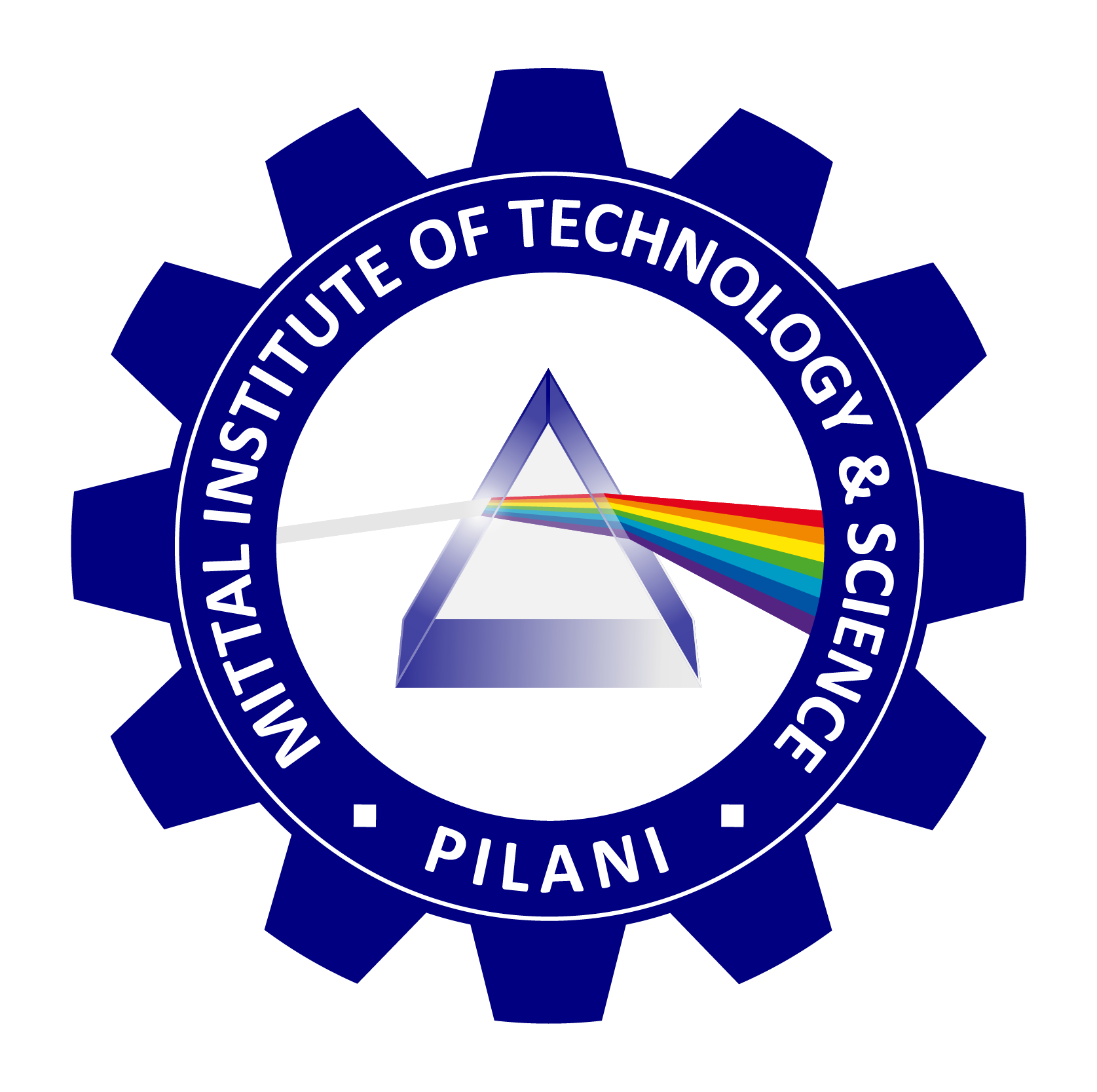
MITTAL INSTITUTE OF TECHNOLOGY & SCIENCE, PILANI
Networking, Wireless, and Sensor Networks: Technologies, Components, Applications, and Industry Landscape
Introduction
Networking forms the backbone of modern digital infrastructure, enabling communication and data exchange between devices, systems, and users. With advancements in wireless technologies and the rise of sensor networks, the world has seen a shift toward ubiquitous connectivity and the Internet of Things (IoT). Wireless and sensor networks play a crucial role in enabling smart systems, automation, and real-time monitoring across industries, transforming sectors like healthcare, agriculture, transportation, and environmental monitoring.
This essay explores the fundamental technologies, components, applications, and key players in the field of networking, wireless, and sensor networks.
- Networking: Foundations and Technologies
Networking refers to the practice of connecting computers, devices, and systems to share resources and information. Networks can be categorized based on size and scope, such as Local Area Networks (LANs), Wide Area Networks (WANs), Metropolitan Area Networks (MANs), and the global Internet.
Key Technologies in Networking:
- Ethernet: A dominant LAN technology that provides wired network connections for high-speed data transfer. Ethernet standards like Gigabit Ethernet and 10 Gigabit Ethernet offer faster data transmission rates.
- TCP/IP (Transmission Control Protocol/Internet Protocol): The primary suite of protocols that enable communication over the Internet, providing data routing, addressing, and packet transfer mechanisms.
- Optical Networking: Uses optical fiber technology for high-speed data transmission over long distances, critical for backbone infrastructure and data centers.
- Software-Defined Networking (SDN): A modern approach that separates the control plane from the data plane, enabling centralized management and greater flexibility in configuring and scaling networks.
- 5G Networks: The fifth-generation cellular technology provides ultra-low latency, high-speed data rates, and massive connectivity, forming the foundation for IoT applications and smart cities.
Components of Traditional Networking:
- Routers: Devices that forward data packets between networks.
- Switches: Used to connect devices within a LAN, facilitating communication between nodes.
- Firewalls: Provide security by monitoring and controlling incoming and outgoing network traffic.
- Servers: Powerful machines that store, process, and serve data to clients within a network.
- Wireless Networks: Technologies and Components
Wireless networking enables devices to communicate without physical connections, using radio waves, infrared signals, or satellite links. Wireless networks are critical for mobility, flexibility, and expanding access in areas without wired infrastructure.
Key Wireless Technologies:
- Wi-Fi (Wireless Fidelity): The most widely used wireless technology for LANs, offering high-speed internet access over short distances. Wi-Fi 6 (802.11ax) brings improvements in speed, capacity, and efficiency for dense environments.
- Bluetooth: A short-range wireless technology used for connecting personal devices like smartphones, headphones, and smartwatches.
- Zigbee and Z-Wave: Low-power wireless technologies commonly used in home automation systems for smart lighting, thermostats, and security devices.
- Cellular Networks (4G, 5G): Mobile communication networks that provide wide coverage for smartphones, tablets, and IoT devices. 5G, with its high bandwidth and low latency, is a key enabler of next-generation applications like autonomous vehicles.
- LoRaWAN (Long Range Wide Area Network): A low-power, long-range wireless protocol designed for IoT devices, particularly in rural or remote areas.
Components of Wireless Networks:
- Access Points (APs): Devices that enable wireless devices to connect to a wired network. APs are key in Wi-Fi networks.
- Wireless Controllers: Used to manage large numbers of APs in enterprise wireless networks, ensuring seamless connectivity and load balancing.
- Base Stations: In cellular networks, base stations connect mobile devices to the core network infrastructure.
- Sensor Networks: Architecture and Applications
Wireless Sensor Networks (WSNs) consist of distributed sensors that monitor and collect data from the environment. These sensors communicate wirelessly with each other and often with a central hub or gateway to provide actionable insights. WSNs are an essential part of IoT ecosystems, enabling real-time monitoring and automation in various industries.
Key Technologies in Sensor Networks:
- MEMS (Micro-Electro-Mechanical Systems): Small sensors embedded in physical environments to detect changes in temperature, pressure, motion, and other parameters. MEMS are the building blocks of sensor networks.
- Ad-hoc Networking: A decentralized network where nodes (sensors) self-organize and relay data through multi-hop communication.
- Mesh Networking: A robust network topology where each sensor node can connect to multiple others, ensuring redundancy and reliability in data transmission.
Applications of Wireless Sensor Networks:
- Smart Agriculture: WSNs monitor soil moisture, temperature, and nutrient levels to optimize irrigation and crop management.
- Healthcare Monitoring: Wireless body sensor networks (WBSNs) are used in wearable devices to monitor vital signs like heart rate, oxygen levels, and blood pressure in real-time.
- Environmental Monitoring: Sensors are deployed in remote areas to track air quality, water levels, temperature, and pollution for environmental protection and disaster management.
- Smart Cities: WSNs are deployed for smart lighting, traffic management, and energy efficiency systems, contributing to urban development and sustainability.
- Research Centers and Innovation Hubs
Several global research centers focus on advancing wireless networking and sensor networks. These institutions collaborate with academia, industry, and governments to push the boundaries of connectivity technologies.
Prominent Research Centers:
- MIT Computer Science and Artificial Intelligence Laboratory (CSAIL), USA: A leading center for networking research, focusing on network protocols, security, and wireless technologies.
- IMDEA Networks Institute, Spain: Specializes in communication networks and next-generation wireless technologies, including 5G, IoT, and SDN.
- Berkeley Wireless Research Center (BWRC), USA: Focuses on low-power, energy-efficient wireless systems, sensor networks, and communication technologies for IoT.
- Fraunhofer Institute for Integrated Circuits IIS, Germany: Develops innovative communication technologies, including 5G, LPWANs, and sensor networks.
- Manufacturers and Service Corporations
A variety of manufacturers and service providers play pivotal roles in developing networking and wireless technologies, providing infrastructure, devices, and solutions for enterprises and consumers.
Leading Manufacturers:
- Cisco Systems: A global leader in networking hardware, software, and telecommunications equipment, Cisco offers enterprise networking solutions, including routers, switches, and wireless systems.
- Huawei: Known for its telecommunications equipment and networking products, Huawei is a key player in 5G infrastructure and mobile devices.
- Qualcomm: Specializes in wireless technology and chipsets, particularly in mobile communications and IoT solutions, powering next-gen networks.
- Nokia: A major player in telecommunications, Nokia provides 5G infrastructure, wireless networking equipment, and IoT solutions.
Service Corporations:
- Verizon and AT&T (USA): Telecommunications giants that provide wireless services, including 5G connectivity, for consumers and businesses.
- Ericsson: A key provider of 5G infrastructure and cloud solutions for telecom operators worldwide.
- Aruba Networks (HPE): A prominent provider of wireless and security solutions for enterprise networks.
Networking, wireless, and sensor networks are integral to the future of digital connectivity, enabling a more connected, intelligent, and automated world. From traditional Ethernet-based networks to cutting-edge 5G and sensor-driven IoT systems, the field continues to evolve rapidly. Research centers, manufacturers, and service corporations are collaborating to drive innovations in communication technologies that will have far-reaching impacts on industries and daily life. As the world becomes increasingly interconnected, the demand for advanced networking solutions will only grow, shaping the next phase of technological evolution.

Professor Rakesh Mittal
Computer Science
Director
Mittal Institute of Technology & Science, Pilani, India and Clearwater, Florida, USA
